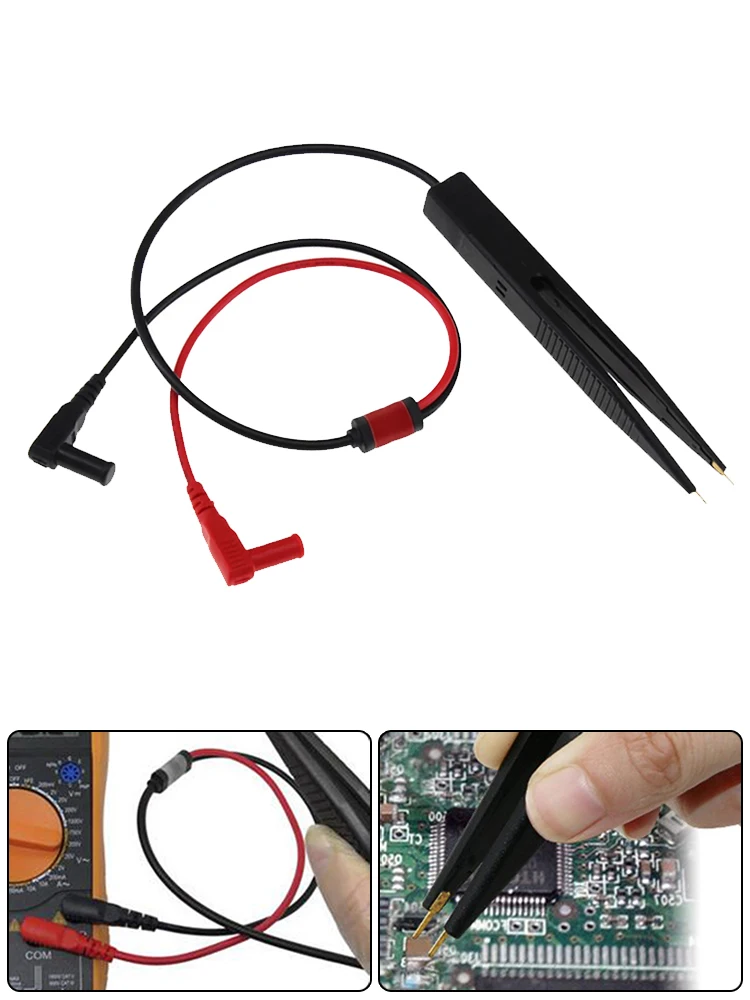You can support this channel on Patreon: patreon.com/JohnElliotV
This post is part of my video blog and you can find more information about this video.
Silly Job Title: Volt Vanguard. I am the Volt Vanguard!
In this video we unbox the JCID Aixun H314 Intelligent Hot Air Gun Soldering Station 1400W Digital High Power BGA Rework Heating Station For SMD BGA Repair.
I learned about this hot air gun over here: Testing a 1400W Hot Air Station & Remote? – AiXun H314 Review. Shout out to my mate @nanofix, thanks for the tip!
Thanks very much for watching! And please remember to hit like and subscribe! :)
Following is a product I use picked at random from my collection which may appear in my videos. Clicking through on this to find and click on the green affiliate links before purchasing from eBay or AliExpress is a great way to support the channel at no cost to you. Thanks!
ANENG BT189 Battery Tester |
Let’s go shopping!



